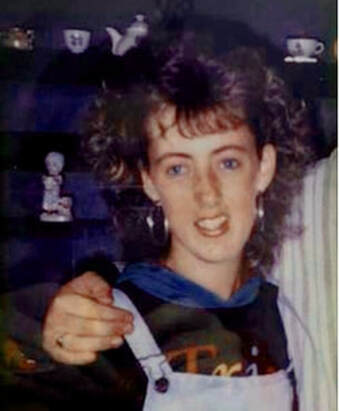 Sandra Sandra People of west Donegal will once again enjoy the exciting spectacle of hundreds of motor-bikers making their way along our roads. These men and women come from all over Ireland, the UK, and further afield to get together to honour the memory of a young girl called Sandra Boyle of Killybegs, County Donegal, who tragically lost her life to leukaemia on the eve of her 18th birthday. Her parents, Jim and Rosaleen, organise this charity event each year to honour Sandra and also to raise a lot of money for various charities, this year being The Mater Foundation. TEDDY BEARS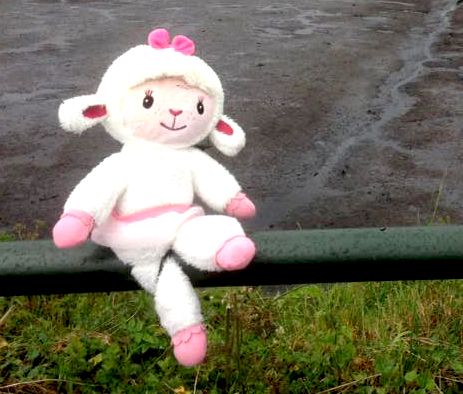 Teddy bears and other soft toys are tied to fences, poles, trees etc. along route of the ride and bikers and cars on it usually have soft toys tied to them. It really is heart-warming and quite a sight to see and shows the support of so many for this event. If you are on the route, please try to have at least one soft toy attached to your fence, gate, etc. And be sure to get out to wave to the bikers as they pass! Tourists in any of the towns will enjoy this spectacle too ~ the noise of hundreds of motorbikes approaching will ensure they won't go by unnoticed that's for sure! Again, be sure to give them a big wave and get involved by adding pics or video clips to your social media hashtag it #SandrasRun #Donegal and whatever town you are in when you see them. Remember: SATURDAY 2ND JULY 2002 is the day! For this years route, scroll down. PREVIOUS Sandra's Run posts here. Sandra's Run 2017 Sandra Run ~ the homecoming of the bikers Sanra's Run ~ Gweebarra Bridge SANDRA'S RUN ROUTE SATURDAY 2nd JULY 2022SLIDESHOW OF PHOTOS FROM PREVIOUS SANDRA'S RUNS
0 Comments
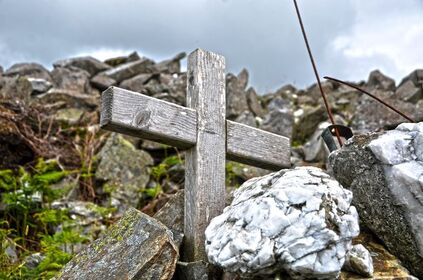 St. Patrick's Well, Killian, Umgall St. Patrick's Well, Killian, Umgall This is turning into quite an adventure and almost a competition with myself. Currently I am up to approximately 61 sites with many more being investigated prior to attempts to find them. Of course there are still some to find that will be quite easy but there are quite a few more that may prove more difficult. Much homework is done prior to a field outing to photograph a site and speak to locals about their own Holy Well. At home my husband searches old maps trying to pin-point exact locations and I spend days reading anything I can find about each site. Each field trip turns into a 12-14 hour day given the travelling and then investigating information from those who know in each area. We may return home having only been able to get to a couple of them but learning so much on the way. Recently we found one that I had never heard of before. My husband found it on an old map during his research so we set out to find it. It sits at the very top of a hill in Inishowen and is interesting too in that it sits right beside an ancient ringfort, now collapsed. I spoke at length with the farmer who owns the land and his memories of it as a child and more recent information. He said that not many people come to it now but that local schools bring their children there every now and then which is good in that it keeps it alive moving forward into the future. Getting to it involved driving up a winding road, passing through a farmyard in our car and then on to the top. A short climb up an uneven piece of ground, getting over an old barbed wire fence and then gingerly making my way over rocks and stones to get to the Well. I was glad of the old fence along the perimeter as it gave me something to steady myself on as I made my way over rocks and uneven ground. It was worth all the effort to find an unmodernised Well, still with votives left there. Little bits and pieces and coins left by people who had come to pray for loved ones and still there and untouched since. From where I stood I could see much of Inishowen and more particularly extensive views over the Isle of Doagh and Trawbreaga Bay. Seeking out and finding more Holy Wells of Donegal is proving quite a very rewarding adventure. Particularly one I will write about shortly, one which had us making our way through 5 feet high ferns to name but one of the obstacles! 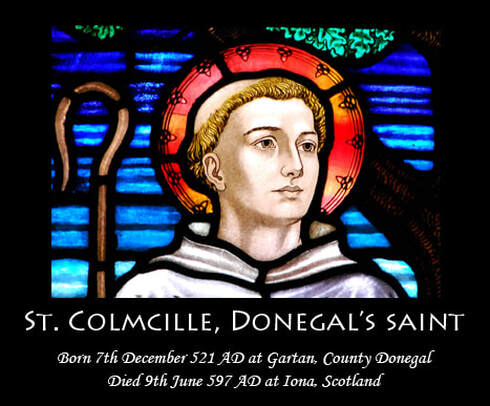 Saint Colmcille Saint Colmcille Today, the 9th of June, is the feast of Donegal’s saint, Colmcille (aka Columba) who was born near Gartan in County Donegal in 521 AD. Naturally there are quite a few Holy Wells in County Donegal dedicated to him, nearly two dozen in fact. In my continuing quest to photograph as many of Donegal’s Holy Wells as possible, I visited a very interesting Holy Well on the Inishowen peninsula of Donegal which is dedicated to him. 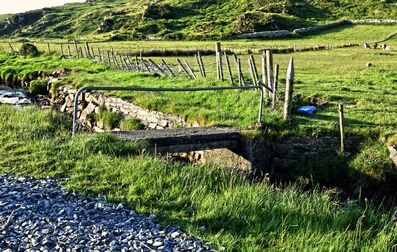 The narrow concrete bridge on way to the Well The narrow concrete bridge on way to the Well Finding it, as has been the case with many Holy Wells, is a little difficult but asking locally ensured my husband and I had excellent directions making finding it then simple. The approach to it however is not so simple. It is on the shoreline below Binnion Hill and after you cross a thin concrete bridge, the ground becomes very uneven as it has been eaten away by the ebbing and flowing of the tide which has cut a channel alongside it. After walking for al short while we rounded a bend and from there could see the metal cross on the shoreline which sits beside the Well. The Well itself is a spring, fed from below, and surrounded by stones. The setting is very pretty but we were warned to take care as the stones can be very slippery. Which makes sense given they are covered by the sea twice a day and have sea plants stuck to them. The sludge-like sand around the Well is thick and a bit boggy in places too. The Well, like almost two dozen in County Donegal, is dedicated to Saint Colmcille and is said to have various cures. A local man there told us the story of his then girlfriend, now wife. He said that as a young couple they didn’t have much faith in cures at Holy Wells but she wanted to get rid of a wart on one of her fingers so he took her to this Holy Well and she dipped her finger in the water. A month or so later she showed him her finger where the wart had once been showing it was now gone. He also told us that people used to take their cattle there to make sure they remained healthy and indeed Enri O’Muirgheasa’s 1936 book makes the following reference: “It was formerly believed that if cattle were driven between the well and the shore at full tide it would render them immune from disease …”. Enri O’Muirgheasa further says about the water from this Well “… and was also a cure for infertility.” AND THE STRANGE PHENOMENON ... 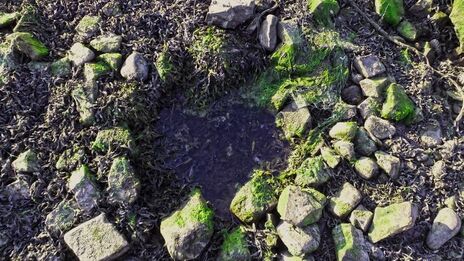 The Well in a nest of stones The Well in a nest of stones And interestingly in the same book the author says “The tide passes over the well, but when the tide ebbs the water in the well is fresh.” I thought this seemed a bit far-fetched and so I had to taste the water from the Well. How could the water remain fresh when it is covered by the salty sea twice a day? I took a scoop of the water and as I stood there, with the sea coming in around me. I sipped it and the water was indeed fresh. This surprised me greatly so I took a second sip and this too was clear water with not a hint of salt. So there you go. I can’t explain it but then with such things I suppose it just is and explanation is not necessary. Sliabh Liag, a stunning part of County Donegal, are the highest accessible sea cliffs in Europe. They stand magnificently above the crashing Atlantic Ocean 1,972 feet below. For more on height comparisons scroll down. You can stand on the viewing platform and just take in the pure, fresh sea air and absorb the ever changing colours of the cliffs before you. In wet weather you will even see small waterfalls tumbling down the cliffs at various points. The colours of the rock formations and growths of different plants on the cliffs are an artist or photographers dream and I often think that some of our Donegal weavers get their ideas for colours from these cliffs. If you take the highly recommended boat tour from nearby Teelin and you look carefully, you can see some of the fencing around the edge of the cliffs way above you. The fencing looks so thin from the boat that it could easily be dental floss. Equally when you are viewing the ocean from the cliffs, the tour boats look like the tiniest of toys bobbing around in the ocean. THE HEIGHT AND HOW IT COMPARES ... As to the height of the cliffs and to give you comparisons, Sliabh Liag stand at 1,972 feet / 601 meters and are taller than all these: The Cliffs of Moher, another of Ireland’s famous attractions, stand at 702 feet / 214 meters making them just over a third of the size of Sliabh Liag. And other notable places/buildings to compare with … The Eiffel Tower in France stands at 984 feet / 300 meters. The White Cliffs of Dover, 350 feet / 110 meters. The Statue of Liberty, from ground to tip, 305 feet / 92.99 meters. The Empire State Building, 1250 feet / 381 meters. (1,454 feet/443 meters to tip). So you can now get some perspective on how high Sliabh Liag actually is. Very high! In fact they are the exact same height as the fourth tallest building in the world, The Abraj Al-Bait Clock Tower in Saudia Arabia. Regardless of the height, it is still a place even those with concerns about heights can visit as there are fences at the edge and paths laid out. But as with all high places great care must be taken and common sense comes in handy too. People making their way to very top and to One Man's Pass. Remember, cloud can form rapidly at such a height and can be a great danger. You can park your car in the public car parks below for only €5 (as of May 2022) or you can drive (carefully and slowly) along the fairly narrow road to the parking spot near the top of the cliffs and walk around taking in the scenery from there. We would point out here that you need to be fairly proficient in parking to park at this top end of the cliffs as it can get a little packed and manoeuvring about can be difficult. More about Sliabh Liag. A WARNING ~ Please read.
One final thing, if you take your dog with you NEVER, EVER take off its lead. Why? Because your dog, no matter how adorable, can scare one of the sheep always grazing there. This can cause the sheep to run away and perhaps slip and tumble off the cliffs. If the sheep just died there and then that would be bad enough but no, many of them land on a ledge or unapproachable rocks below. And because they can’t be rescued, they die there, slowly of starvation. And if that doesn’t touch you, remember it could be your dog who slips and falls to die in that same, horrific way. So NEVER take the lead off your dog/s there. 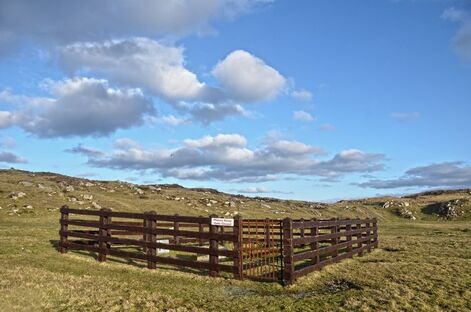 I have been taking photographs of Holy Wells from some time but usually only if there happens to be one where I am photographing other sites. Then I will get to it and take photographs. But recently I was what I can only describe as “bitten” by a desire to find them all. When I was initially “bitten” I thought that maybe I would have about fifty or so to find and photograph. How wrong was I? The true figure is probably around 150. Even with all my travels around Donegal I had no idea there were so many! This could take some time. Certainly a much longer than I first envisaged. Some, of course, are easy to find. Many others, not so. I am eternally grateful to have a husband who is willing and able to assist me on this journey. He spends many hours poring over old maps trying to pin point the location of old Holy Wells, some of which, on searching the area they had once been, I find have disappeared either through development in the area or simply have been allowed to fall in and collapse and get overgrown and, until now, mostly forgotten. I want too to find information and the location of those Holy Wells now no longer there too. I fear if I don’t they will disappear into antiquity and become forgotten. If I note them then at least there is proof and information they once existed and were probably very important to people in their area many years ago. It is a laborious task. It takes at least one week to research, find, then travel to to photograph every two Holy Wells. At least. Of course some were quicker but generally it needs patience, not something I am blessed in abundance with but I am determined too so will soldier on in my quest … in search of the Holy Wells of Donegal. CAN YOU HELP?If you know of a Holy Well in your area, or have any folklore you have heard about any Donegal Holy Well, or indeed old photographs of any of them, please contact me at [email protected]
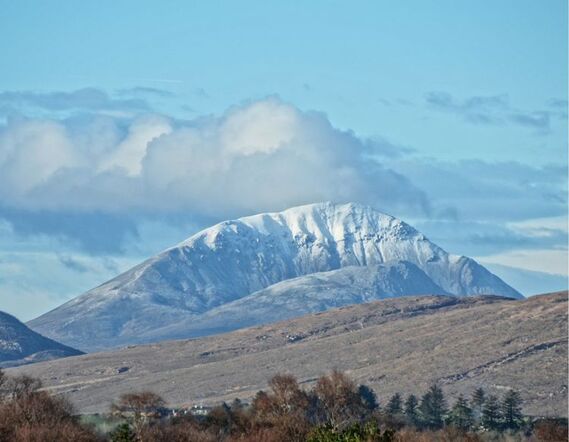 Approaching Errigal ~ blue skies, yes. Snow too! Approaching Errigal ~ blue skies, yes. Snow too! Like many people who know of this majestic mountain which standing at 751 meters or 2,464 feet, is the highest in Donegal. Unlike most people we did the climb in absolutely appalling weather. While this wasn’t intentional, choosing a month like February to do it, it was possible. The weather leading up to the appointed date was fine, giving not a sign of the weather we would have on said appointed date. The appointed date being the 14th of February 2018, St. Valentine’s Day. And sure what better way to spend Valentine’s Day? With it being Valentine’s Day I packed my rucksack with a bottle of fizz, 2 champagne flutes (plastic for safety not by choice), clothes to change into at the top: a red tutu (as you do), red high wedge ankle boots, and of course, a tiara. Not really the usual things found in the rucksack of a person aiming to climb Errigal I am sure. I thought a black heart-shaped balloon, filled with helium, would complete the imagined photograph of us at the summit. And how did that work out? The balloon was whipped off my rucksack where it had been tied by the gale force winds before we even set foot on the mountain! The clothes and tiara? By the time I made it to the top I could barely stand up let alone think of donning a tutu and tiara for a photograph. And I will never get that nearly an hour back I spent prior to leaving home pulling heavy leggings over the light-weight black ones to wear with the tutu! 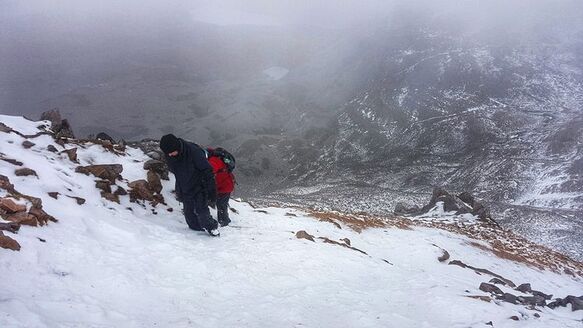 Snow, snow and more snow as we make our way up Errigal Snow, snow and more snow as we make our way up Errigal Having absolutely no idea of the route up the mountain we asked Iain Millar of Unique Ascent to guide us. Iain, from his website: “Iain is a fully qualified mountain instructor, an approved provider of National Governing Body awards with Mountaineering Ireland and is registered and is a fully insured full member of the Association of Mountain Instructors. (AMI) He is experienced and qualified to take people safely on journeys of true adventure for those seeking an experience that will live forever in their happy memories.” And boy was this an experience that will forever live in my memory! We were so glad we had Iain with us. For a start off he knew the best place to begin the hike. You will see all over the internet how very wet and boggy the path advised leading from the car park can be. But with Iain as our guide he knew how to avoid the worst of this. 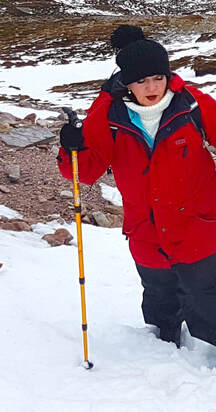 Make-up intact, lipstick perfect. Make-up intact, lipstick perfect. We began our ascent (sans heart-shaped balloon) and the weather was cold. But not as cold as it was to get. We ran into snow – deep snow. Iain had to tell us how to move here as it was so steep and snow packed. We had to kick our way up it, kicking one boot hard into it to get a foothold then the next and so on. And then came the hailstones. Hard, pelting marbles of ice battering off us. What could possibly make this better? Oh, I know, rain! Down came the rain. My woollen bobble had was teetering down nearly covering my eyes at this stage. Later I would be glad of this. As an aside, I noticed from one of the photographs (before my hat covered my face almost completely), that despite the weather, the terrain and the effort, my make-up remained intact, including lipstick still perfect.– which made me smile. 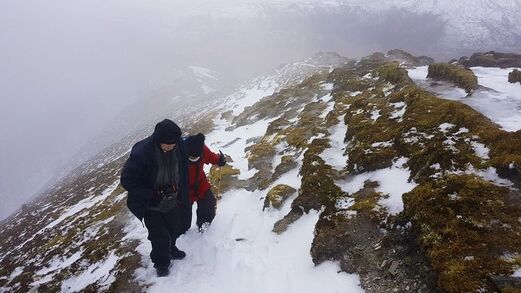 Scarily steep drops all around Scarily steep drops all around And then the fog descended. When I look at the photographs now I am eternally grateful that both the fog and the fact that my soaking hat was covering my eyes. The steep drop all around me was invisible to me as my husband held my hand and we moved on up the mountain. I just kept my head down and ploughed on determined to get to the top. But for Iain being there I know for a fact we would never have made it. Not only because of the conditions but also he seemed to give out an air of confidence that we would do this. And we felt secure in his knowledge and skills. 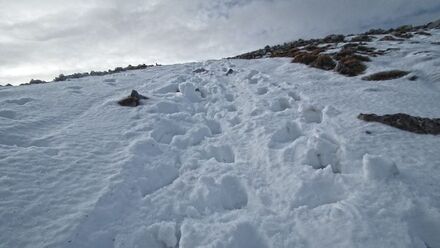 Snow, lots of snow Snow, lots of snow The wind got up – just as we thought we had enough variety of weather to do us. And Iain told us it was chill factor minus 8. Which is cold. The odd thing is that I never once felt cold – and believe me, I am the sort who likes a blanky to wrap up in sitting in front of an open fire watching TV! The reason, Iain said, is that if you are dressed properly and you move at the correct pace the cold shouldn’t be a factor. And he was right. Oddly, sometimes, despite the atrocious weather, I actually felt warm. 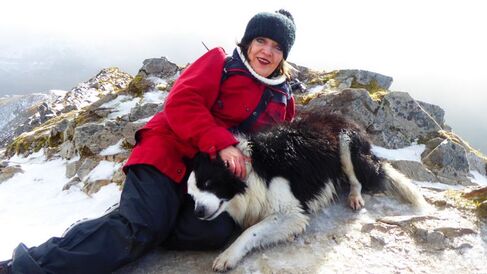 My warm and cuddly companion My warm and cuddly companion Eventually we reached the top. My legs were like jelly and I dissolved in a heap. I could have cared less that the ground below me was wet. Iain’s dog was saved from sitting on the wet summit because he sat on me. Which I didn’t mind as he was warm and cuddly. My backpack full of nice things to wear for a photograph doubled as a cushion for me for a while. I hadn’t the strength left to open it after our polar hike let alone dream of changing. 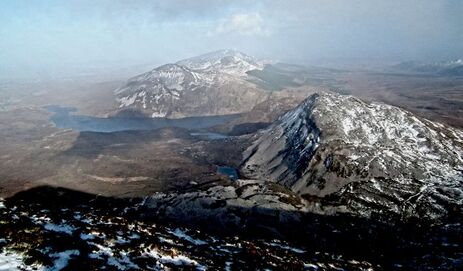 Beautiful views from the summit Beautiful views from the summit The weather at the top was beautiful. Crystal clear blue skies for a while. But the fear of heights I thought I had under control bit me and the thought of standing up to take photos terrified me. I sat at the top, camera raised in the air, taking photos of the beautiful valley of Dunlewey almost two and a half thousand feet below. Luckily my husband is not at all bothered by heights and was happily snapping away. Iain wanted to take a photo of us at the top and took off over One Man’s Pass, a very narrow strip that connects the other part of the mountain with the peak, like a mountain goat! Getting up to pose for a picture was all I could do and weakly wave. 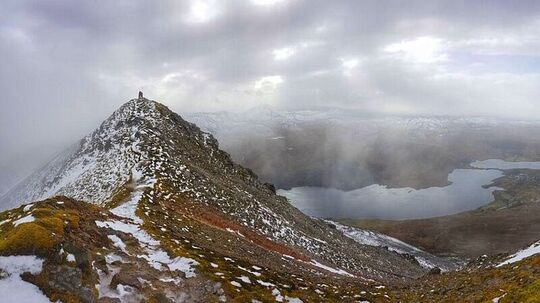 Us at the top of Donegal Us at the top of Donegal After some strength came back to me we began our descent. I basically walked down with my eyes shut, holding hands with my husband. Well it was St. Valentine’s Day after all (and nothing to do with the fact my hat was back over my eyes so I didn’t have to see the steep drops around me!). My husband said we were nearing the car park but I didn’t want to look. I just wanted to keep ploughing on, desperate to get to the car and off this bloody mountain! My legs were literally jelly when I got as far as the car park and all I wanted to do was get something to eat and get home. I have climbed Errigal once: in snow, ice, hailstones, gale-force winds, chill factor eight. I will never, ever climb Errigal again. Not even on the most perfect summer’s day. But if I haven't put you off with my trials and tribulations, then I highly recommend you too engage the skills of Iain Miller. You can contact him via his website UNIQUE ASCENT. I love wandering around old graveyards. There can be so much beauty there: the shapes of stones; the new life nature brings going on all around the old graves; and of course, the inscriptions on those gravestones. Nature was very evident yesterday on a misty, wet February day in Killydonnell Friary on the shores of Lough Swilly between Letterkenny and Ramelton. 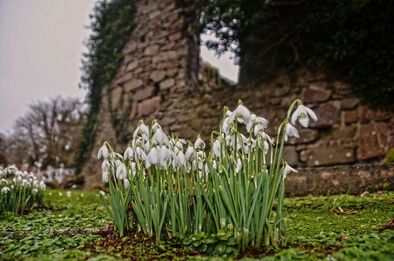 Spring snowdrops against by the old Friary wall Spring snowdrops against by the old Friary wall Dotted among the graves and with the ancient stones of the walls of the 15th century friary as a backdrop, clumps of that flower that tells us spring is here, the tiny snowdrop, spread in front of me. The ancient and the new: memories of the past and hope for the future. Which I suppose is what a graveyard is about. Memories of the past in the inscriptions on the gravestones and hope for the future of those still alive to have these stones erected and engraved in memory of their dead loved ones. 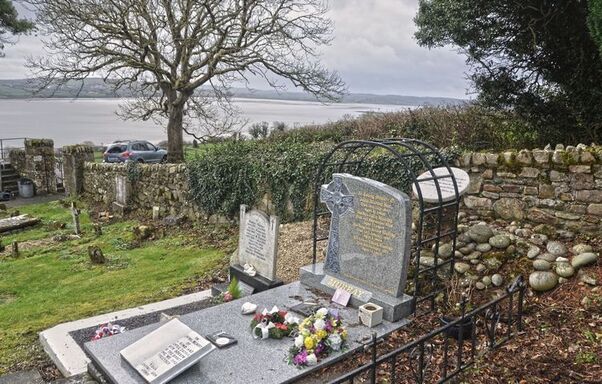 The grave overlooking the Swilly The grave overlooking the Swilly Amongst all the graves one struck me as particularly poignant and that is the grave of a family called Murray. The inscriptions there were full of love for a departed father and then later, the love too for this mans Donegal. The gravestone shows that buried there is a man called John Murray Snr and his son, John Murray Jnr. Also there is a baby girl, daughter of John Murray Snr who died at just 2 years of age in 1947. John Murray Snrs father, David who died in 1937. 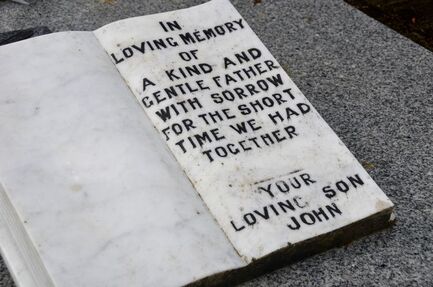 A poignant memory of a much loved father A poignant memory of a much loved father On the grave of John Murray Snr there is a piece of marble shaped like an open book with the inscription: “In loving memory of a kind and gentle father with sorrow for the short time we had together. Your loving son John.” From the dates on the headstone it seems that John’s father had died when John Jnr was still in his teens hence the “… for the short time we had together” inscription on the book shaped marble stone. His father died in 1961 at the relatively young age of 51 and John Jnr died in 2019 at the age of 77 making his age at the death of his beloved father just 19. 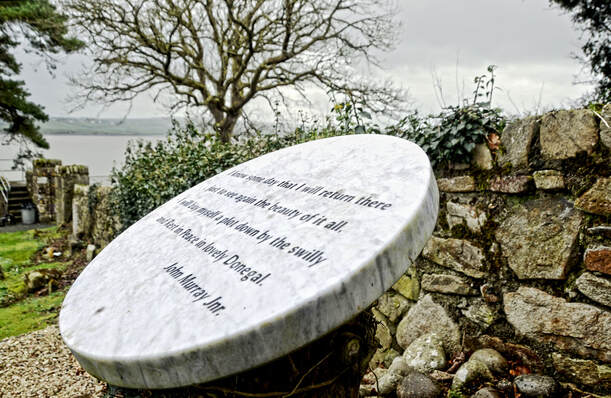 Behind his father’s grave, sitting atop the base of an old tree and overlooking the Swilly is a perfectly circular piece of marble with the following words carved on it: “I know some day that I will return there
Just to see again the beauty of it all I will buy myself a plot down by the swilly and Rest in Peace in lovely Donegal John Murray Jnr” 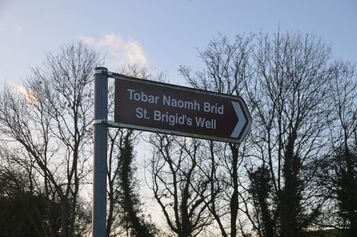 At another Donegal Holy Well yesterday I met a man who was there praying. After he had finished his prayers I began taking my photographs of the Holy Well and we got chatting. The well was St. Bridget’s Well at Drumdoit near Castlefin. It sits on a hill and access is by walking across two very large fields. He told me that the farmer who owns the land is a kind man and allows people to pass over his fields to get to the Well and then he went on to tell me of another kindness the farmer did in recent years. 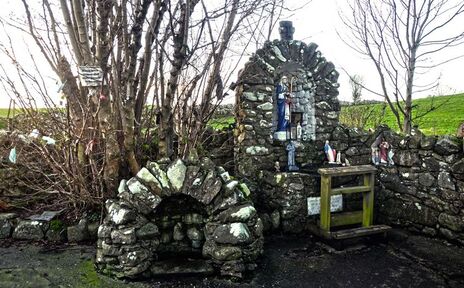 St. Bridget's Holy Well St. Bridget's Holy Well A man arrived at his farmyard beside the entry to the first field leading to the well and he asked the farmer if he had a quad (which a lot of farmers have to get over their land quickly). The farmer said yes, I do and the man said he was unable to walk to the Holy Well and would the farmer take him on his quad. The man was reliant on a zimmer frame to get around and had taken a crutch with him so that he could get from his car to the quad as obviously a zimmer frame won’t move on rough ground. It was mid-winter and snow lay on the fields and it was bitterly cold. The man managed to get on to the quad with the farmer and off they went across the fields to the Holy Well. Once there the man asked the farmer if he would leave him and come back for him in an hour. The farmer was concerned because it was so cold but the man assured him he would be fine and just wanted to pray. Nearing an hour later the farmer returned to the Holy Well on his quad to find the man with his trouser leg rolled up and his ‘bad’ leg in the water of the well. The farmer was shocked and asked the man was his leg not freezing and the man replied that no, his leg was in fact almost boiling hot. 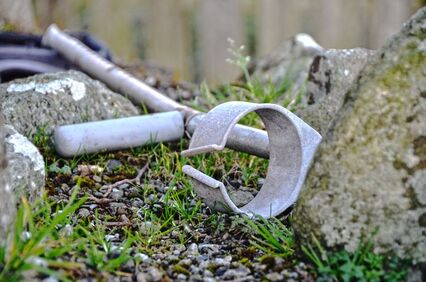 The redundant crutch The redundant crutch So When he stood up from the well the man was able to stand without the aid of his crutch and was able to walk to the quad to travel back to his car. He left his crutch on the boundary wall of the well for all to see and there it sits to this day. The man who told me this story assured me when I asked that yes, the man is still able to walk unaided still. So was it a miracle? The man who told me the story believed it to be so as did the farmer and most importantly, the man who can now walk without the use of either zimmer frame or crutch. 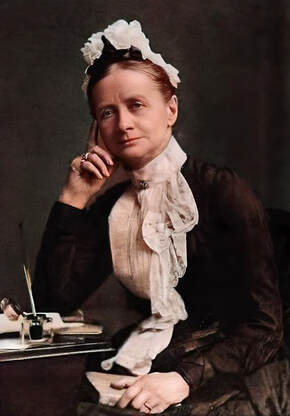 Cecil Frances Alexander Cecil Frances Alexander Once In Royal David’s City’ is one of the most beautiful of Christmas hymns. Once heard, who can ever forget the perfect voice of a young soloist performing the first verse? But did you know the woman who wrote it was born in Ireland and spent a lot of her life close to and indeed in Donegal too? Cecil Frances Alexander (nee Humphreys) was born in 1818 at 55 Eccles Street, Dublin. James Joyce fans will know this street because of course 7 Eccles Street was the home of Leopold Bloom, protagonist of Joyce’s ‘Ulysses’. Her family moved to County Wicklow and lived there until Frances was 11 when they moved to Strabane in County Tyrone, just over the border from Donegal. She began writing verse as a child and by the 1840s when she was still in her twenties, she was known as a hymn writer and had her works included in Church of Ireland hymnbooks. She was a prolific writer and ultimately wrote approximately 400 hymns over the course of her life. She was a much admired talent and indeed the likes of Alfred Lord Tennyson and Mark Twain were admirers of her works. Frances lived with her family in a property called ‘Milltown House’ in Strabane which is now Strabane Grammar School. It was in Strabane that she married an Anglican clergyman called William Alexander who later became the Bishop of Derry and then Archbishop of Armagh and Primate of Ireland. They lived for time in Fahan, County Donegal in the early days of the marriage. Frances raised funds for various charities throughout her life including donating the money from her first publications to help build the ‘Institution for the Deaf and Dumb at Strabane’ which was founded in 1846 and later renamed the ‘Derry and Raphoe Diocesan Institution for the Deaf and Dumb’. Frances and her sister Anne taught deaf children too. In 1856 the Institution was destroyed by fire and sadly, six children perished in the fire. There is a memorial to these lost children in the cemetery in Strabane. THE DONEGAL CONNECTION 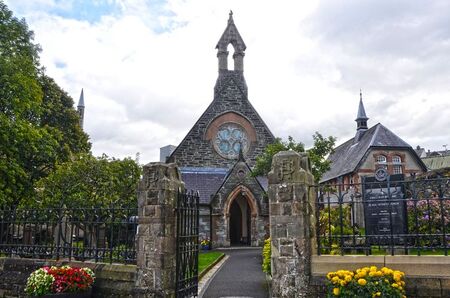 St. Augustine's Church "The Wee Church on the Walls" St. Augustine's Church "The Wee Church on the Walls" Apart from Frances at one time living in Fahan, County Donegal for a time there is another Donegal connection. Frances’ husband, Dr. William Alexander who was born in Derry and became Lord Bishop of Derry and Raphoe, consecrated St. Augustine’s Church in Derry on the 11th of June 1872. This small church is just beside the City Walls which earned it its nickname, ‘The Wee Church on the Walls’. This church is built on the ground where previously stood a monastery built by Donegal’s saint, Colmcille (Columba) who was born in 521 AD at Gartan, County Donegal. Built it in 543 AD , it was his first monastery in Ireland. Colmcille’s cousin who was King of Cenel Conail, Aed, gave him the site in Derry. Colmcille loved nature and the site had many oak trees which he did not want to harm to build his monastery so instead he found a clearing and it was there the monastery was built. In order to fit his monastery into this clearing Colmcille had to build it running north/south rather than the usual east/west and indeed the present day St. Augustine’s keeps this footprint. Incidentally, the gaelic or Irish for oak is doire which is where Derry got its name because the oak wooded area where Colmcille built his monastery was known as ‘Doire Cholm Cille “Colmcille’s oak wood”. 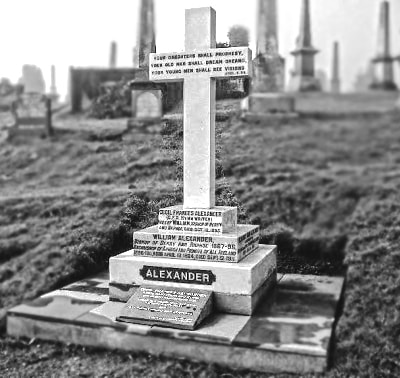 Grave of Frances Alexander Grave of Frances Alexander Frances had many verses and hymns published but probably the best known of her hymns is ‘All Things Bright and Beautiful. Another of her works is ‘There Is A Green Hill Far Away’. A year or so after Frances penned the words to ‘Once In Royal David’s City’, they were discovered by an English organist named Henry John Gauntlett who set them to music and the hymn we all know today was born. Frances died in the Bishops Palace in Derry in 1895 and is buried with her husband in their family plot in Derry City Cemetery. ONCE IN ROYAL DAVID'S CITY
Each year, since 1919, the Choir of King’s College, Cambridge has used ‘Once In Royal David’s City’ as its opening carol and you can listen to it by clicking HERE. Once in royal David's city Stood a lowly cattle shed, Where a mother laid her baby In a manger for his bed: Mary was that Mother mild, Jesus Christ her little Child. He came down to earth from heaven Who is God and Lord of all, And his shelter was a stable, And his cradle was a stall: With the poor and mean and lowly, Lived on earth our Saviour holy. And through all his wondrous childhood Day by day like us he grew, He was little, weak, and helpless, Tears and smiles like us he knew: And he feeleth for our sadness, And he shareth in our gladness. And our eyes at last shall see him Through his own redeeming love, For that Child so dear and gentle, Is our Lord in heaven above: And he leads his children on To the place where he is gone. Not in that poor lowly stable, With the oxen standing by, We shall we see him: but in heaven, Set at God's right hand on high, Where like stars his children crowned, All in white shall wait around. |
We Love DonegalWe Love Donegal is a site dedicated to bring the beauty of County Donegal on the north west coast of Ireland to the world. Categories
All
|

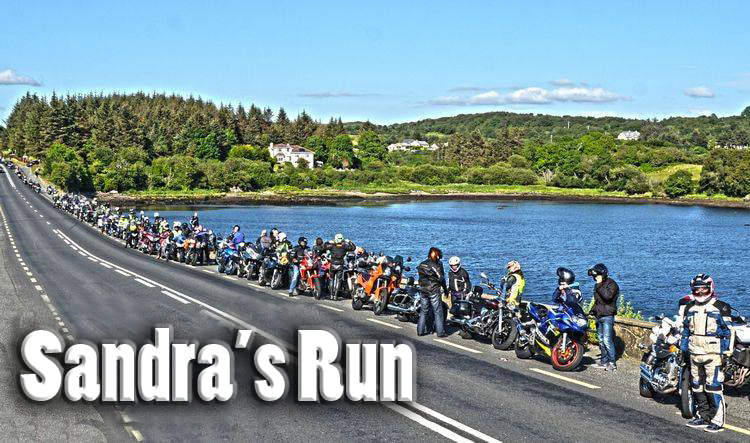
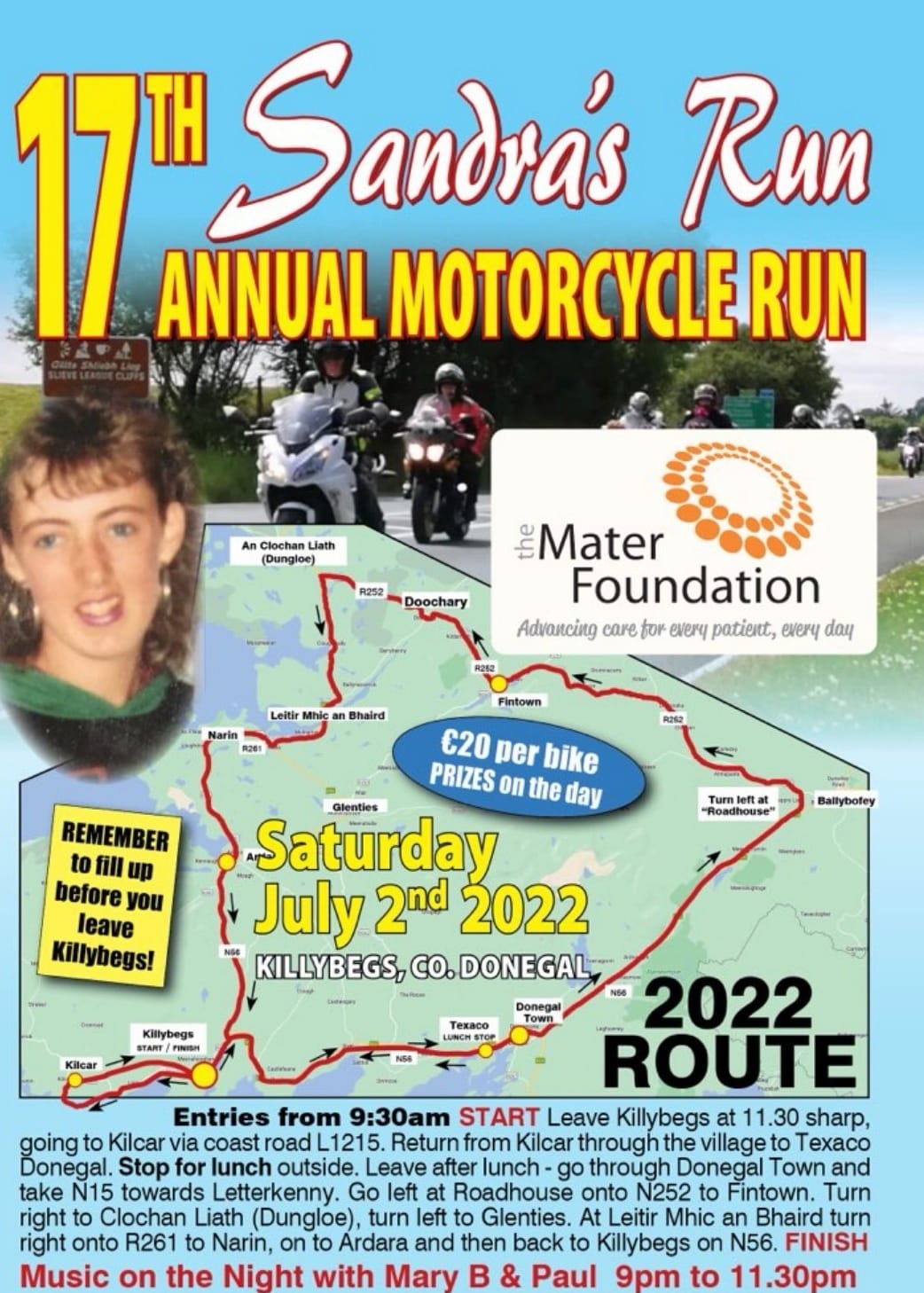
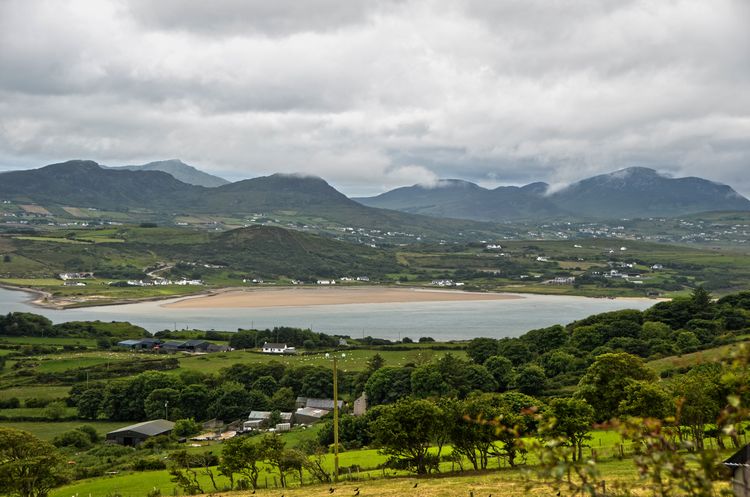
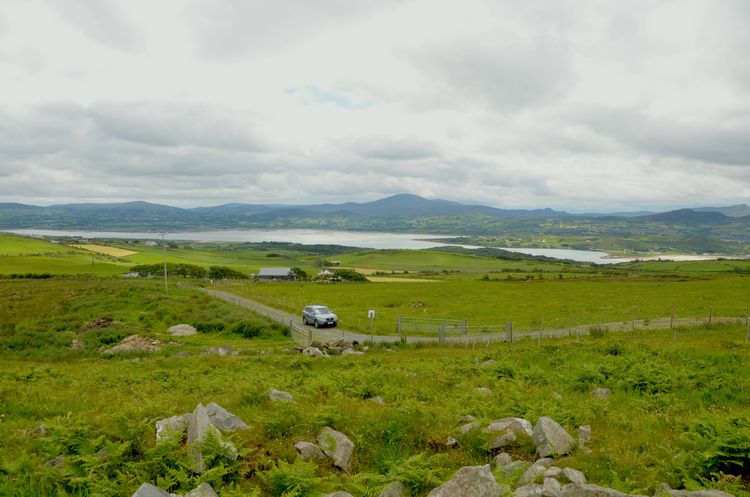
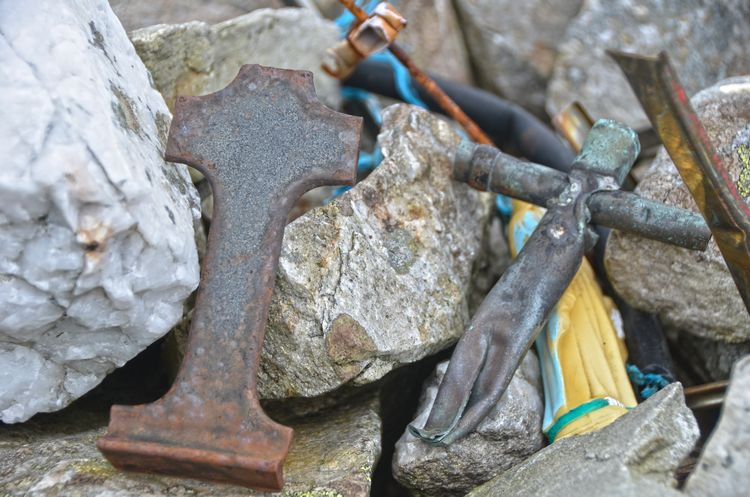
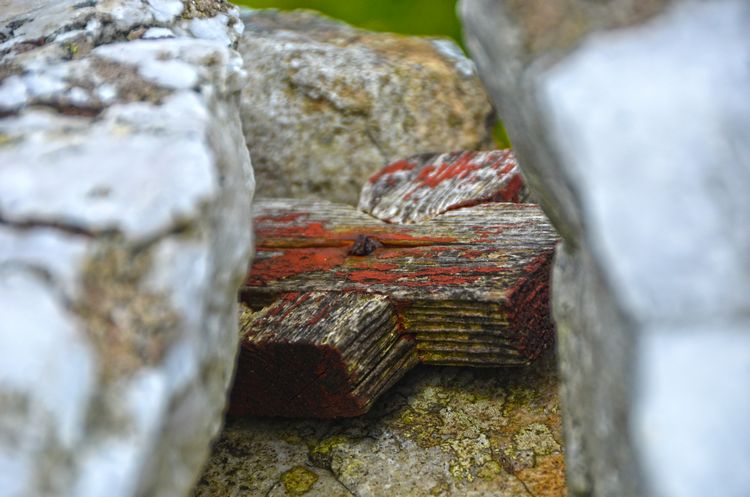
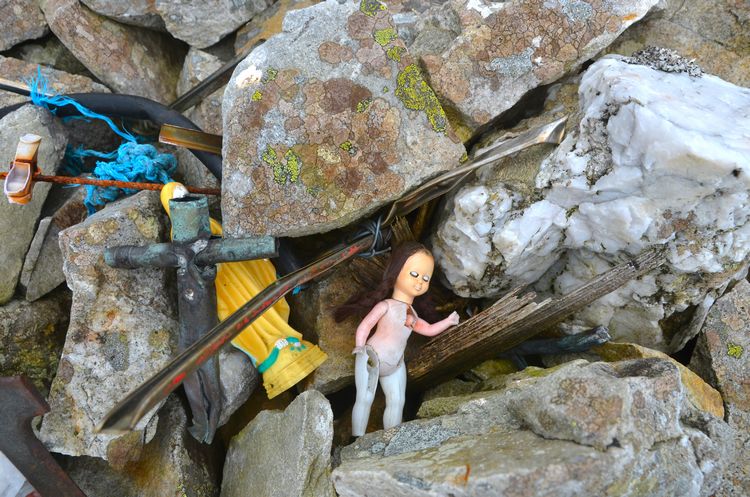
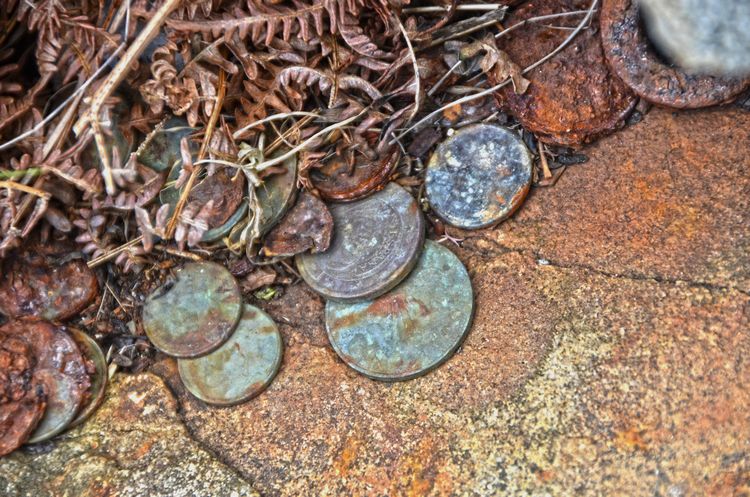
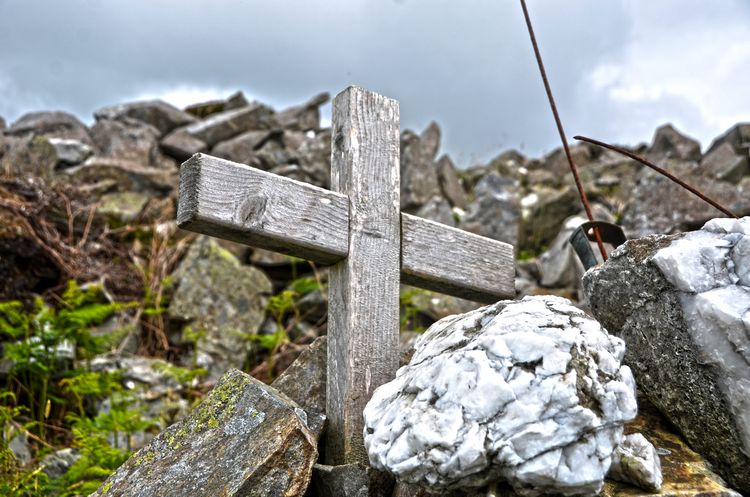
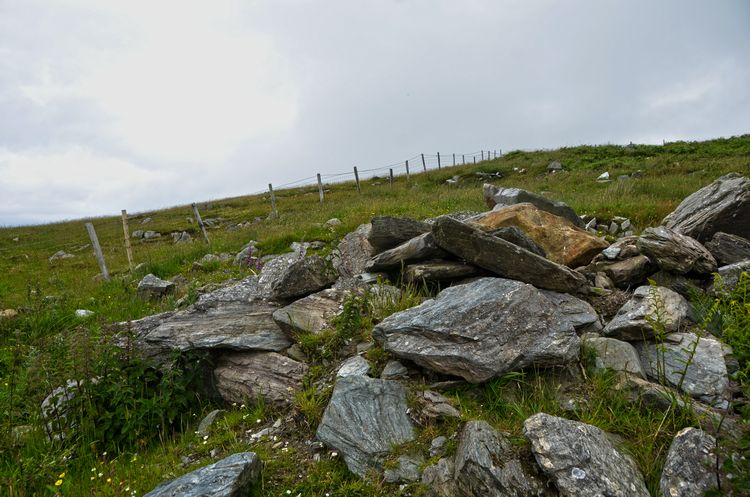
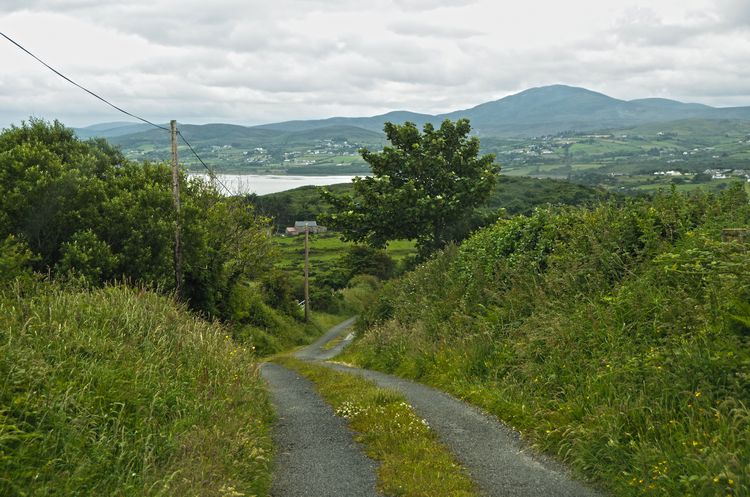
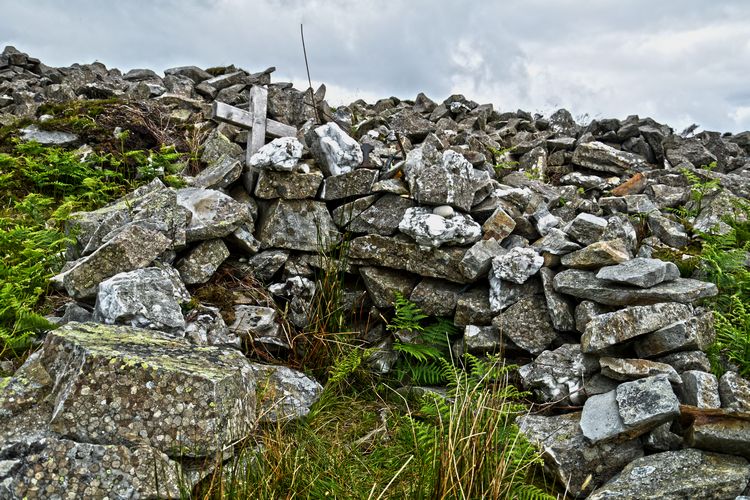
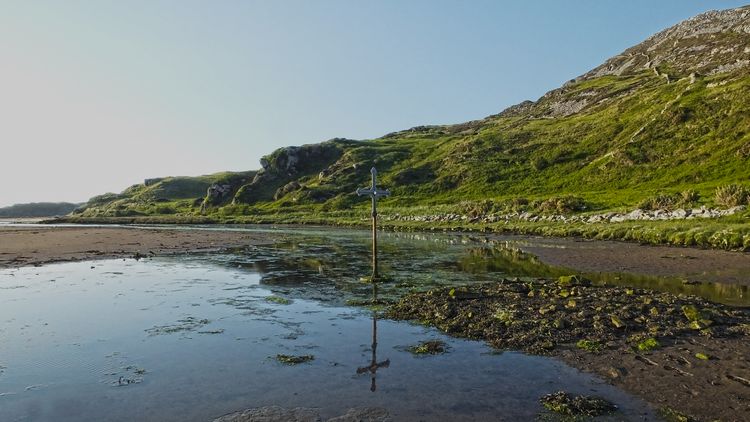
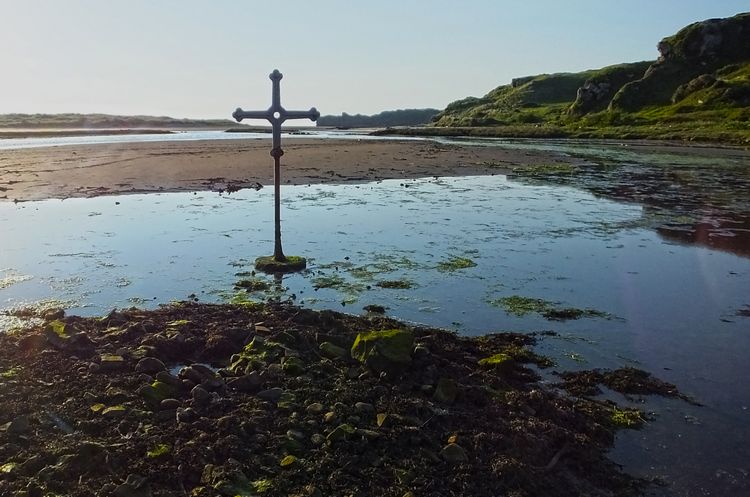

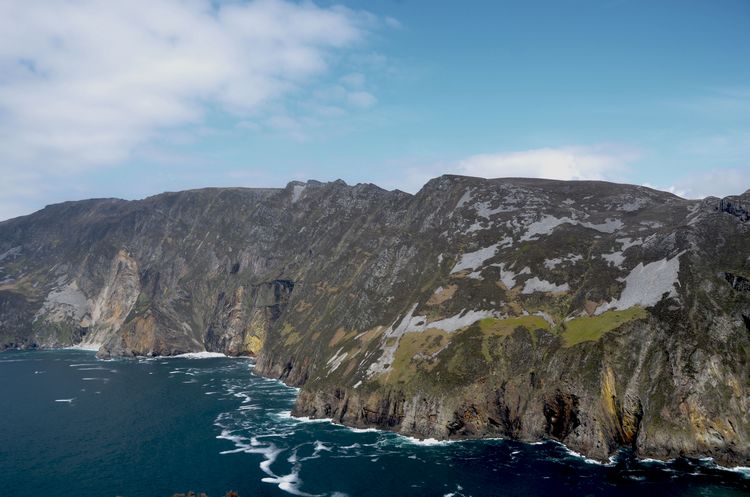
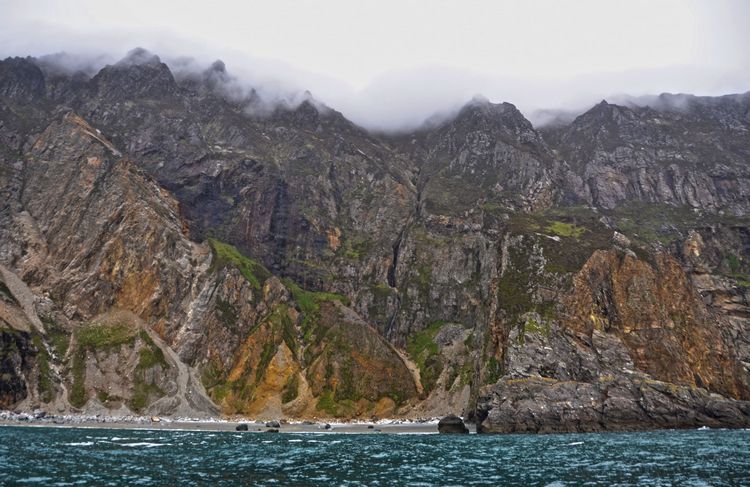
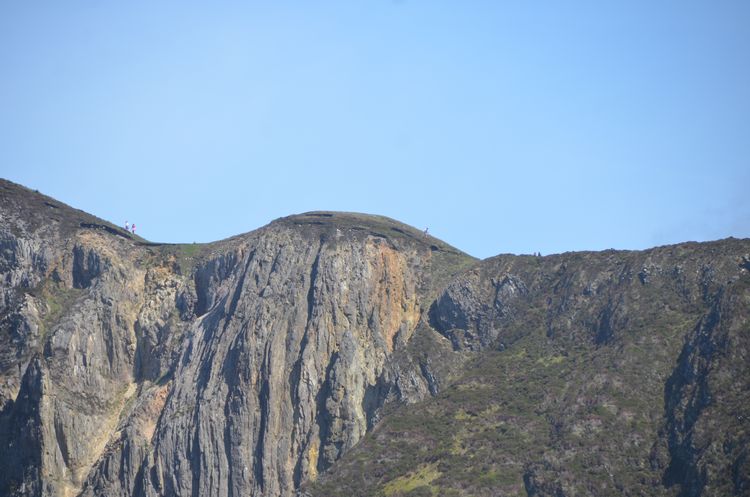
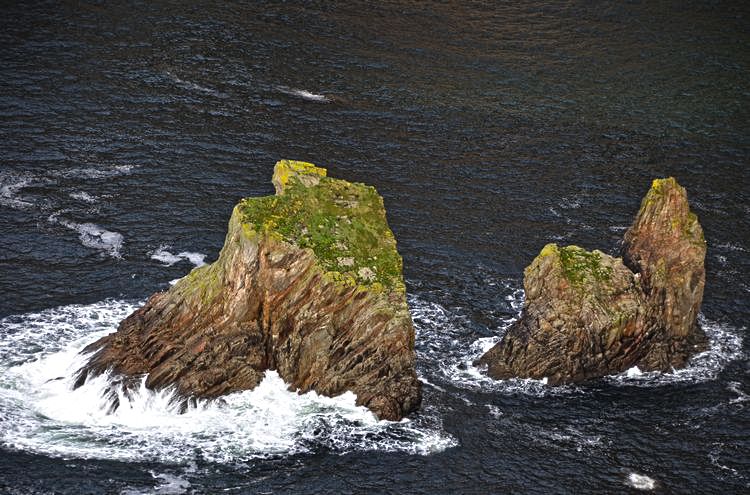
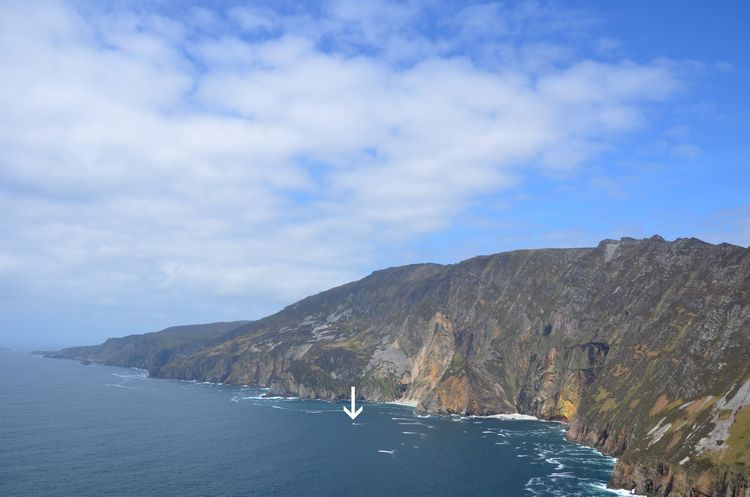

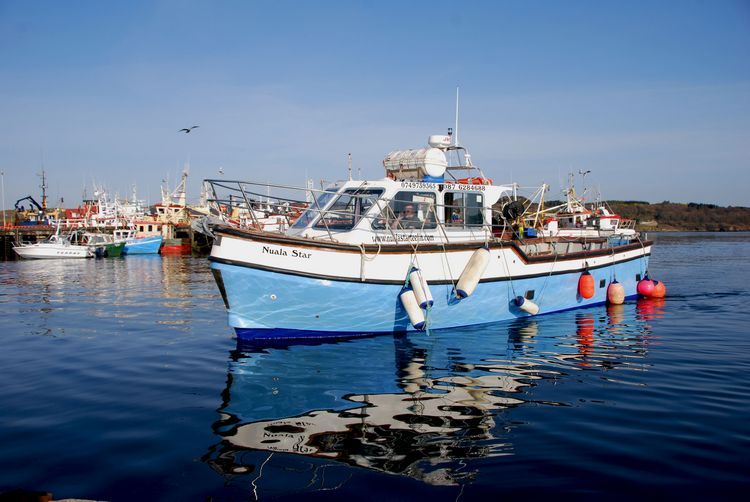
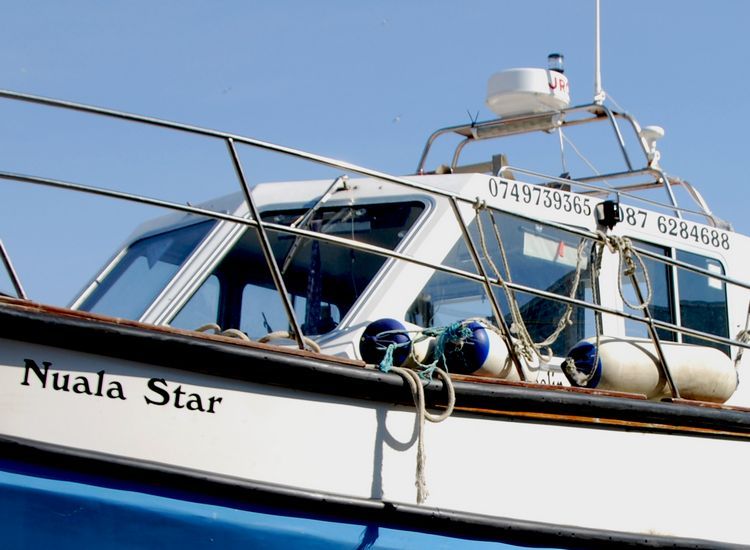
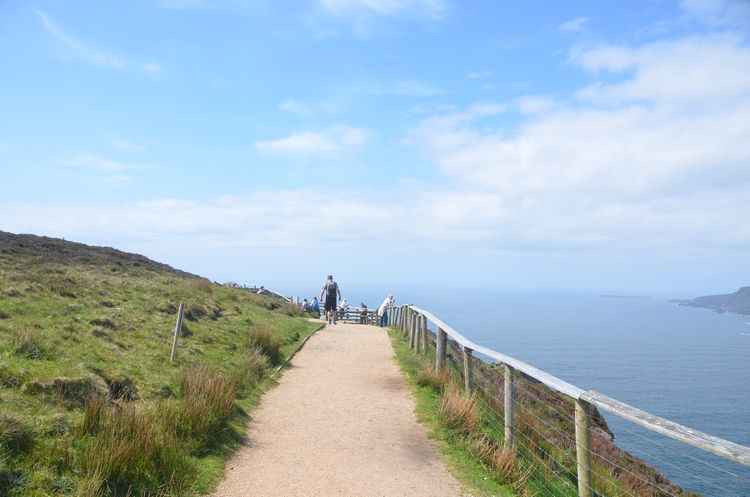
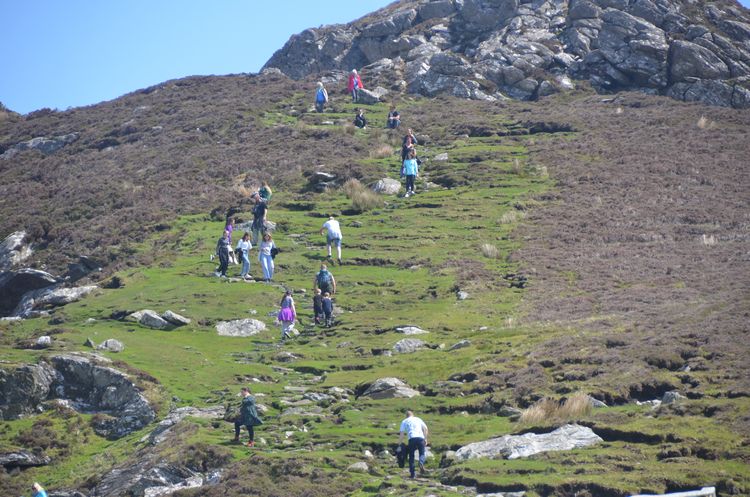
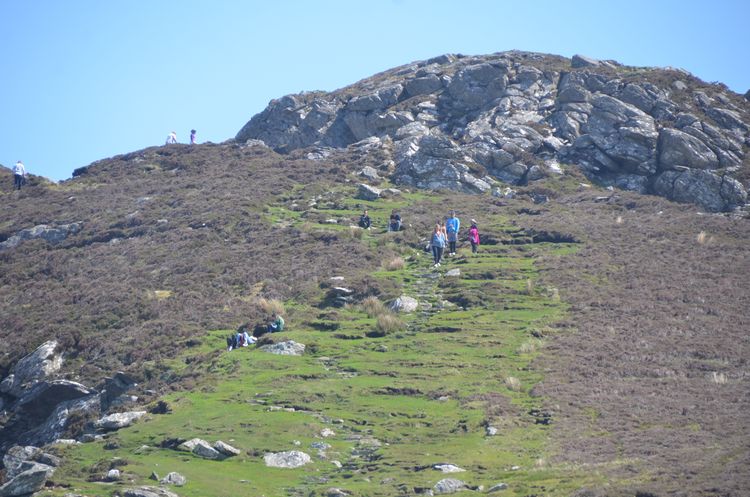
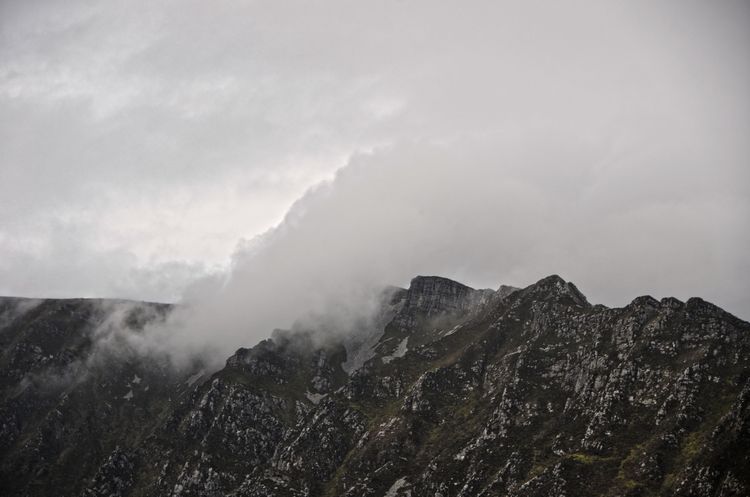
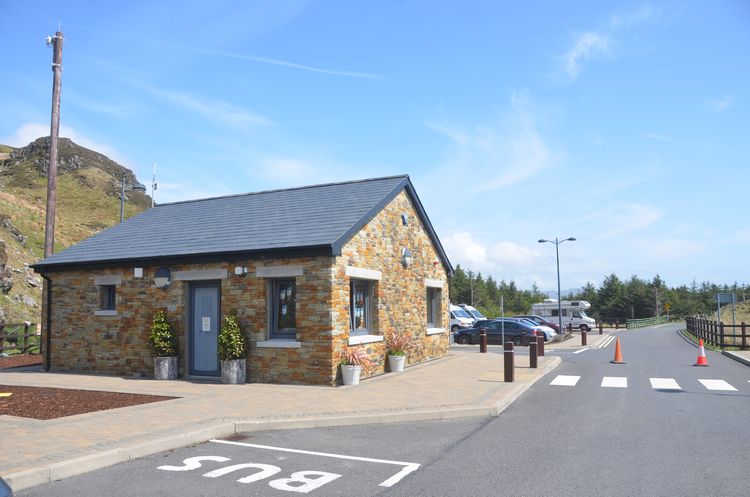
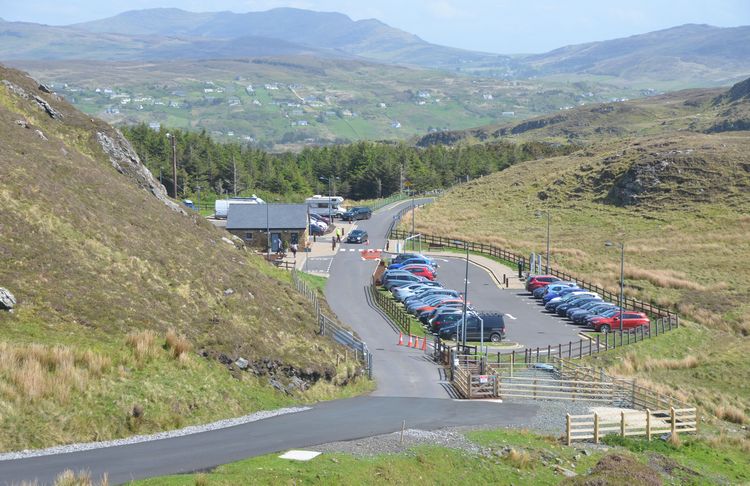
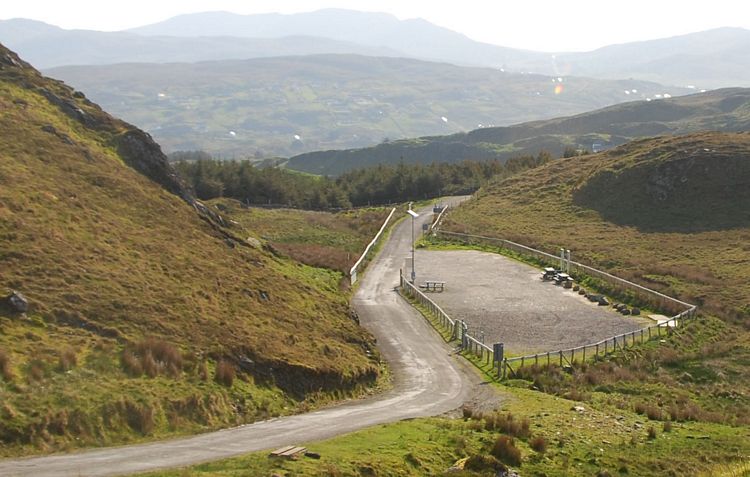
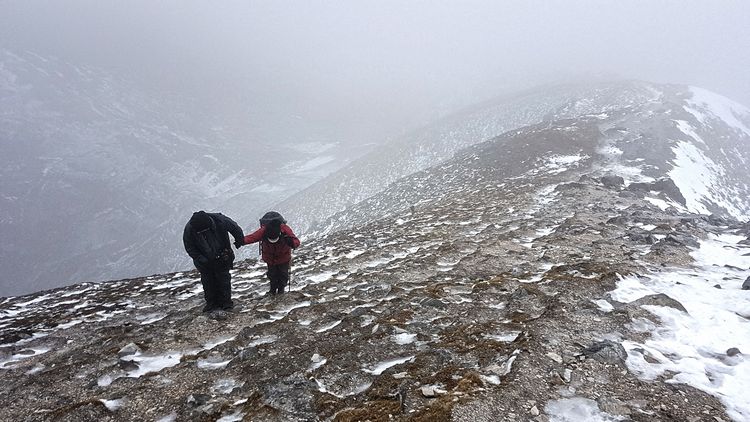
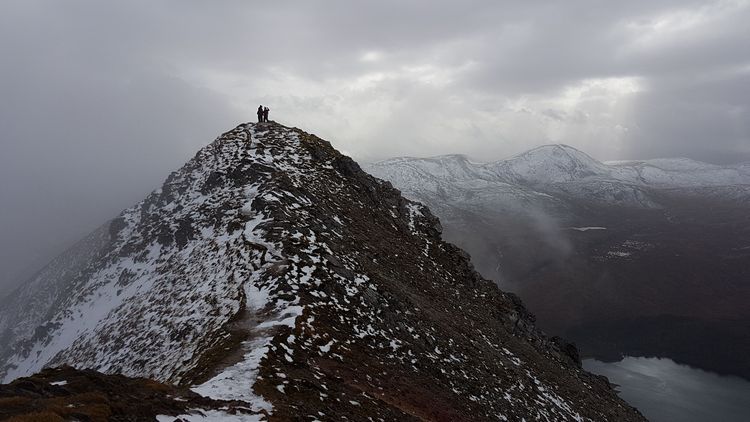
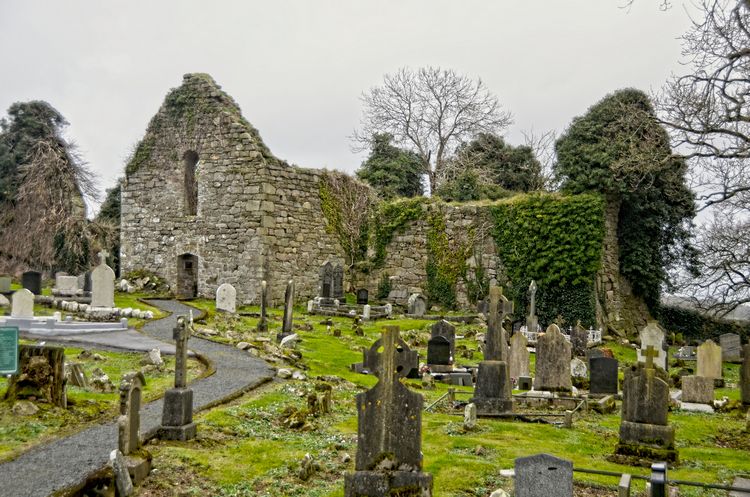
 RSS Feed
RSS Feed